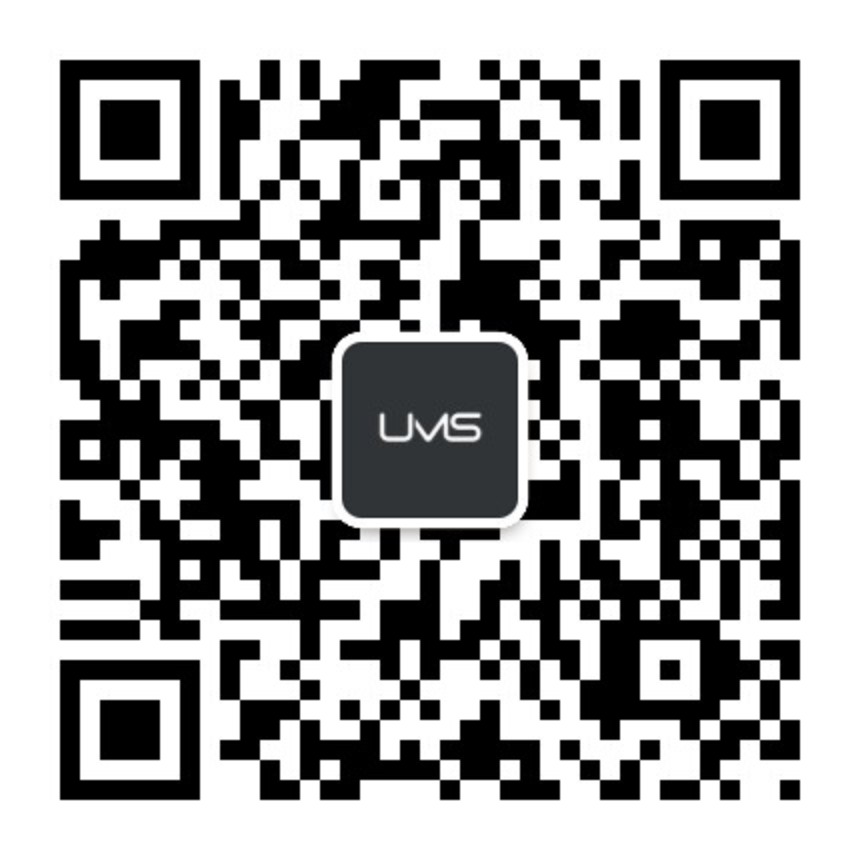
- Diversifying trade models and channels
- Offline and online purchasing trends
- Building a fundamental digital infrastructure
- Knowing and reaching your new audience
Audience Questions:
- UMS research identified that the online consumption of dairy products & health supplements products, particularly from Australia and New Zealand brands significantly increased, most noticeably – infant formula. That is conditioned on whether they have stocks ready to move in China.
- Many health supplements brands had a proactive approach to the virus and shared long-form research-backed evidence to improve product legitimacy. Event-driven opportunities for those products with the immune system factors should they know how to targeting and engaging.
- The lockdown served as an opportunity for brands to engage current and prospective clients (in China) and have beneficial conversations around what new products they wanted, how they wanted, and when they wanted.
- UMS helped many brands to distribute surveys and complete market research in relation to this. We found paticipants were more reactive and often went extra-miles on helping brands understanding aspects that normally would not have touched on, given the luxury of time they have.
- Older shoppers do not engage in many platforms when researching a new product and usually use only one or two e-commerce platforms when purchasing.
- Older generations are quite price sensitive so it is important to have a well-communicated pricing strategy, but they can also be very loyal towards brands who engage with them correctly, compared to younger generations.
- In order to reach this generation, your content needs to be easily read and relatable. Different types of fonts and images with mindful fashion – we usually say.
- Community-building is the key for targeting and engaging with Chinese older generations. END.
















